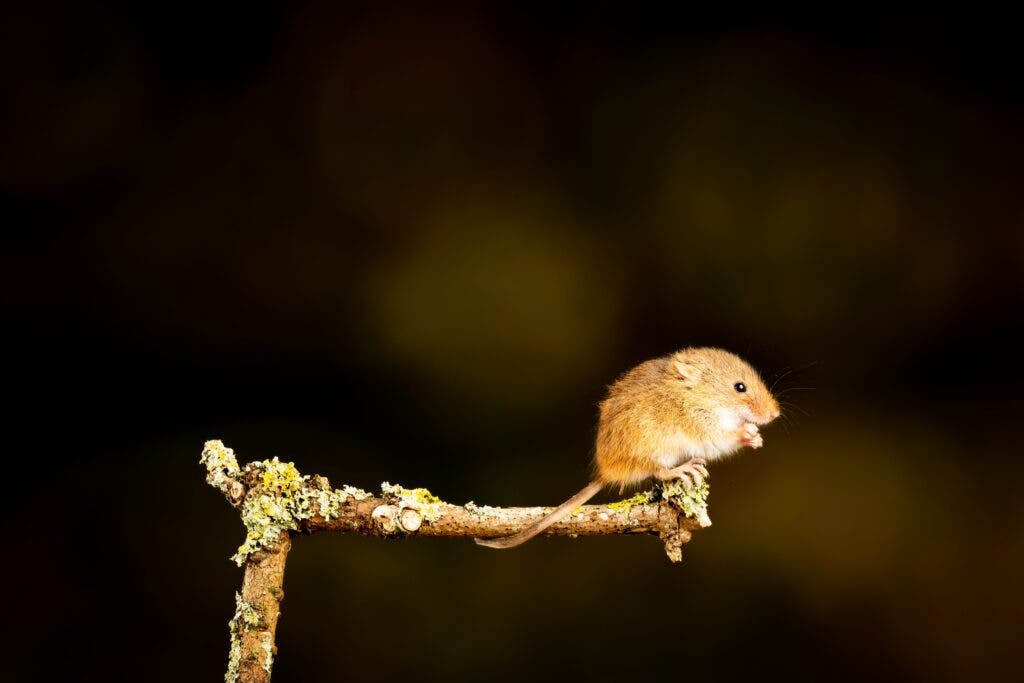Mice have a lot of things to be worried about. Predators are often nearby and threats are constantly looming, so you’d expect them to be less concerned about something like fruit. But as researchers found out, due to a chemical coincidence, bananas can also be unnerving to the little critters — at least the males.

Mice communicate more than you think, but much of that communication isn’t visual or auditory — it’s olfactive. Their very keen sense of smell enables them to use a number of chemical signaling mechanisms, but sometimes, this signaling can backfire.
“Mice have richer communication with one another than we think; it’s just that a lot of it’s through smell,” says Jeffrey Mogil, a Professor in the Department of Psychology at McGill University in Canada.
While they were studying something quite different, researchers at McGill noticed that male mice were acting weird when around pregnant females (which were studied in another experiment).
Male mice can be quite ruthless with babies. Some mice males, especially virgin males, are well-known to engage in aggression against offspring, often killing them to advance their own genetic fitness. So researchers wanted to explore what was triggering the unusual behavior in mice.
They found that the effect was caused by a chemical called n-pentyl acetate, also called amyl acetate. The female mice produce amyl acetate, likely to signal that they’re ready to fight aggressors away from their babies, and it’s making the male mice feel a bit weird. In particular, exposure to this substance produced a pain-relieving effect on the males, making them less sensitive to pain (which is something you’d want if you’re preparing for a fight).
“Although maternal attack does not always succeed in preventing male intruders from committing infanticide, any threat of violence is likely to produce stress in both parties, and maternal aggression has been shown to directly produce stress-induced analgesia in males measured after the attacks,” the researchers write in the study.
Curiously enough, amyl acetate is also an organic compound naturally produced by ripening fruit. It gives a strong banana odor that is used in the food industry to create banana flavors, attract bees, and generate pleasant perfumes. It’s also very similar to another chemical called isoamyl acetate, which also occurs naturally in bananas.
“Curiously, n-pentyl acetate is also responsible for the unique smell of bananas. After a quick trip to the supermarket for some banana oil, we were able to confirm that the smell of banana extract stressed the male mice just as much as the pregnant females,” says co-author Lucas Lima.
The levels of stress triggered in the male mice were higher in males that were unrelated to the pups, suggesting that these unrelated males are a bigger threat to the pups. It’s not surprising that mice send such complex signals through their sense of smell, but it’s rather unusual that females signal males in this way, the researchers note.
“There are a number of examples of male-to-female olfactory signaling in rodents, but far fewer examples of female-to-male signaling, especially outside of the realm of sexual behavior,” says Mogil.
In addition to finding a curious relationship between mice and bananas, the study could shed new light on interactions that affect mice in the lab. Sometimes, these interactions have an impact on mouse studies in ways that are not clear.
“The findings have important implications for improving the reliability and reproducibility of experiments involving mice. This is yet another example of a previously unknown factor in the lab environment that can affect the results of scientific studies,” says Jeffrey Mogil, a Professor in the Department of Psychology at McGill University and E. P. Taylor Chair in Pain Studies.
The study was published in Neuroscience.






